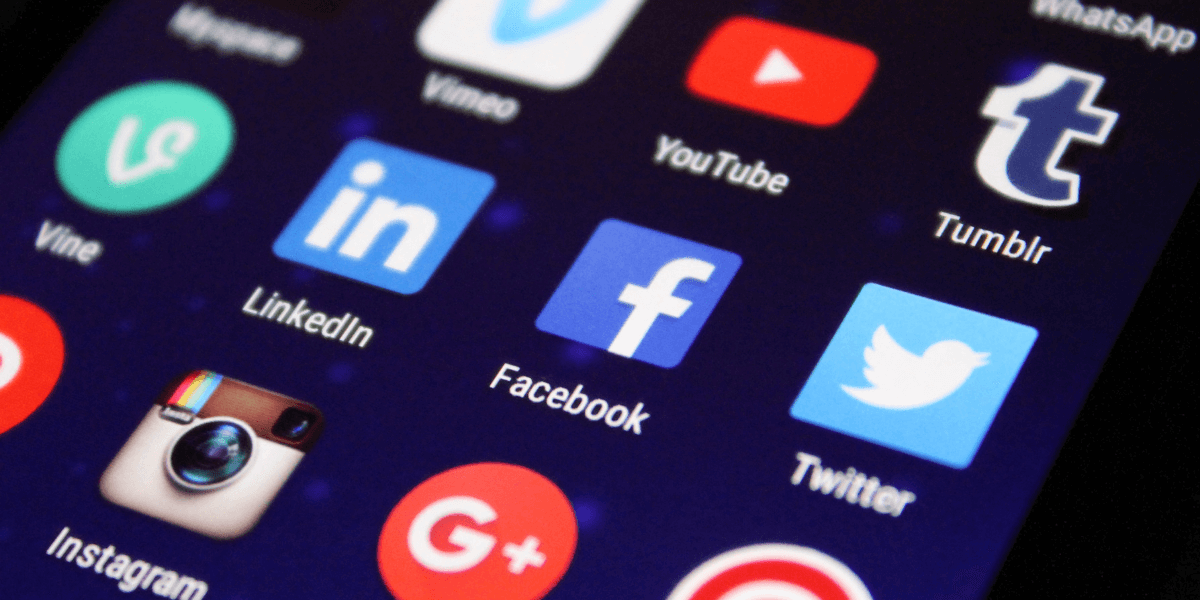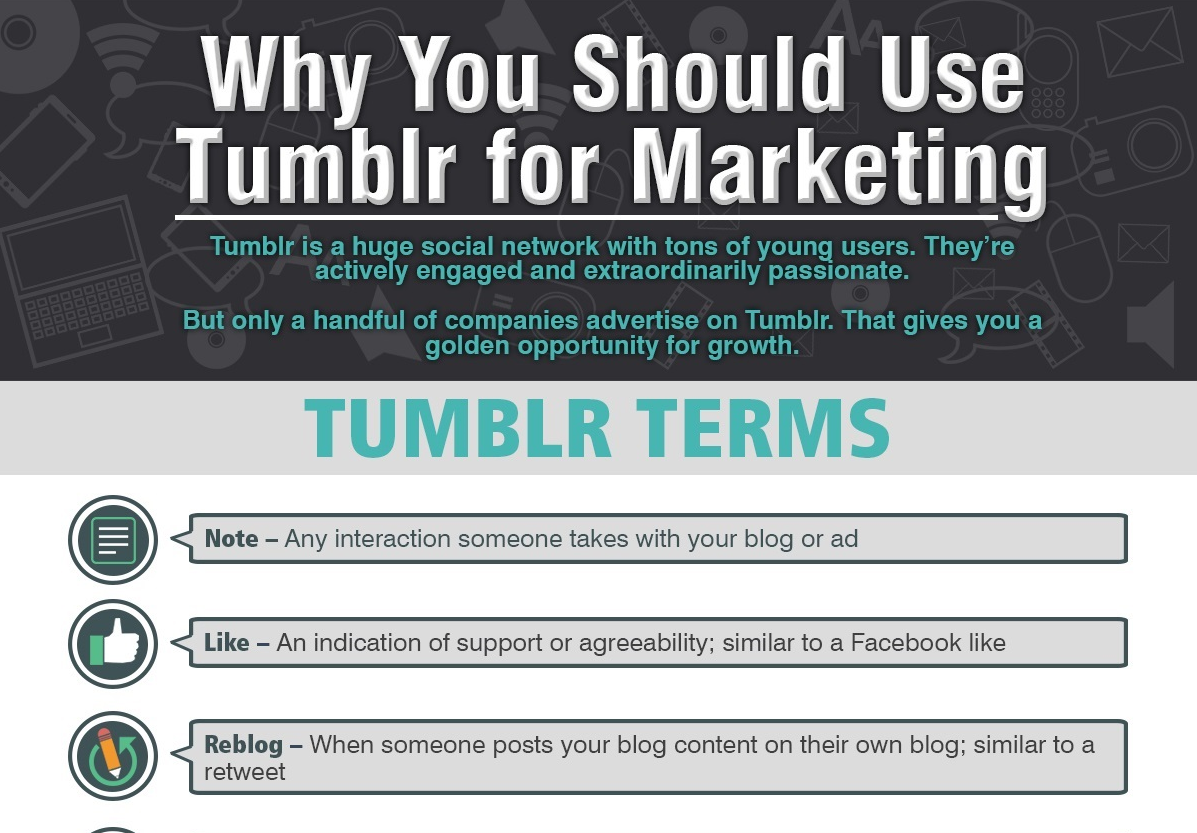Today, Instagram, Twitter, Facebook, YouTube, LinkedIn, and Pinterest are accessible to users from all over the world. For this reason, it's important to create social media content that will appeal to a global audience.
In this article, you will find tips on how to build a successful content marketing strategy and gain more followers from abroad. Feel free to apply these tips to grow your business and generate profit.
Write Captions in Simple Language
When it comes to content for a global audience, it’s crucially important to use simple language. According to statistics, only 10% of Facebook users are American. And more than half of Facebook’s users speak languages other than English.
So it’s highly likely that a good portion of your followers can’t read and understand your texts without using online translators. And you should use standard word order to make sure that translation tools will interpret your message correctly.
Also, you should avoid using sophisticated phrases, idioms, and words with multiple meanings. It will make your content more understandable for people with basic English skills.
Don’t Use Images with Text
Images with quotes as well as funny memes are popular on social media, that’s true. But you should avoid using them if you target a global audience.
Firstly, people who can’t read English text without the use of online translators will not get an idea of your social media post. Secondly, non-English speakers will find it challenging to understand the sense of sophisticated quote or joke. So it’s better to use images that do not include any words at all.
Use Hashtags and Emoji Wisely
Cultural differences influence the content marketing strategy for a global audience in many ways. Probably you will be surprised, but even emojis are perceived differently by different cultures.
For instance, the Chinese consider “clapping hands” emoji as a symbol for making love. And the rest of the world considers it as a symbol of praise or congratulations. The cultural differences cannot be ignored, so you should think twice before adding emojis to your social media posts.

Also, you should be careful while using various hashtags. Some word combinations and shortenings that sound good in English may sound weird or even creepy in other languages.
Be Careful Using Humor
Every marketer knows that humor helps to boost engagement. But the truth is that when it comes to content for a global audience, the humor is not always useful or beneficial.
If you want to write a joke in English, make sure that non-English speakers will be able to understand it. Also, you should remember that people from different countries have a different sense of humor. So a joke that you find nice and funny may seem to be weird or silly to your overseas audience.
Here is an example of a bad joke for the global audience. Once, Adele, a famous British singer, decided to entertain her fans and tweeted a question: “What does a snowman eat for lunch?” And then tweeted the answer “Iceburgers”.
Naturally, the English-speaking audience got a joke, but Korean followers didn’t. So if you don’t want to confuse your international audience, be careful using humor in your social media posts.
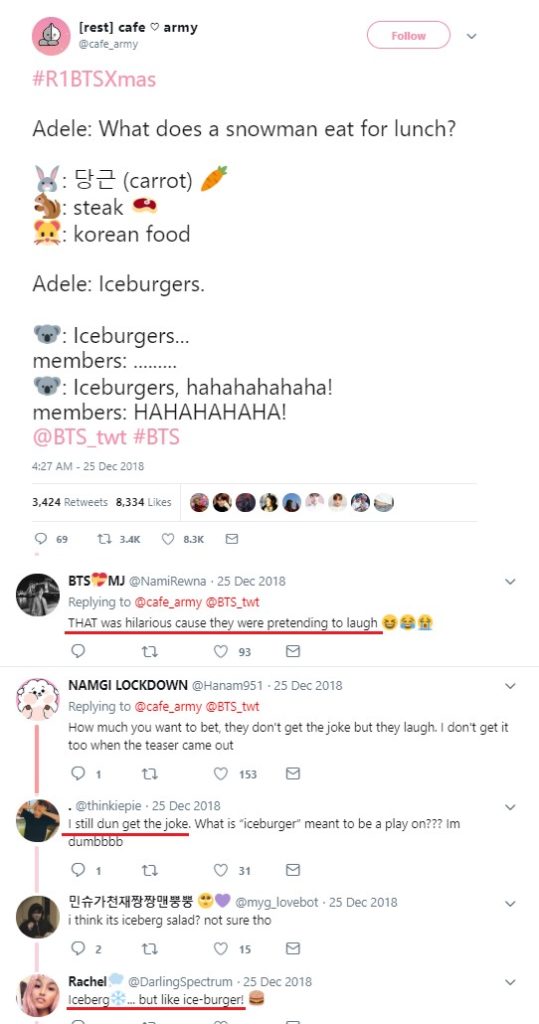
Add Subtitles to Videos
If you create video content for social media, don’t forget to add subtitles. It will help non-English speakers to understand what your video is all about.
The point is that most language learners find it easier to understand a foreign language when reading than listening. It means that you can boost your conversions without massive investments – simply by adding subtitles.
Watch for Units of Measures
As you know, people in different countries use different units of measures. So when you create content for a global audience, you should take into account.
Let’s say you are going to publish the recipe of the lemon pie on Facebook. What unit of measures will you use when explaining what products and in which quantities to use: pounds, kilos, or ounces?
The best way to write your recipe is to set the measures in both units: pounds and grams. For instance, you can write “use two pounds (907gr) of lemons and one pound (453gr) of flour”.
Localize Content
In some cases, a one-size-fits-all approach doesn’t work. It means that even if you create social media posts applying the tips mentioned above, you will not be able to achieve the results you expect.
To boost conversions, you should localize your content. Firstly, you should translate your social media posts from English to the target language. Secondly, you should make sure that the core message was interpreted adequately.
Obviously, if you are not a polyglot, you can’t complete content localization by yourself. For this reason, you need to find professionals in content localization online. Here you have two options to consider:
- You can hire native speakers via a popular freelance platform, for instance, via Upwork or Fiverr.
- Or, you can utilize full-scale translation and localization services like TheWordPoint.
Customize Your Facebook Business Page
If you want to create an outstanding Facebook strategy to target a global audience, activate the “Switch region” feature. It will allow you to customize your main business page in the way it will show different content for users from different countries.

Some famous brands have already started to use this feature. For instance, Under Armour has dozens of corporate subpages for different regions. The company successfully engages social media users from more than 45 different countries.
Under Armour publishes two types of posts:
- International posts translated into local languages.
- Unique posts created for one specific region.
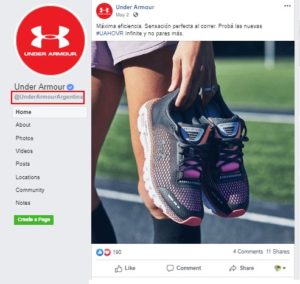


This flexible approach allows the company to save money on content production. As you know, it’s cheaper to localize international posts than to create every single post for the local market from scratch.
At the same time, this approach allows to adjust the content strategy to different cultures and get locals to be more emotionally connected to the brand.
Ask Your Followers to Help You with Translation
This approach doesn’t work for big companies. But it works for bloggers, artists, and other creative people, who use social media platforms to build their personal brands.
If you have followers from all over the world, ask them to translate your captions into their native languages. You can be sure that they will be glad to do you a favor.
If you don’t believe that this approach works effectively, here is an example for you. Amanda Oleander, an artist and Instagram influencer, always translate titles of her illustration with the help of her foreign followers. In this way, she makes her content accessible for the global audience without spending a penny on translation services.
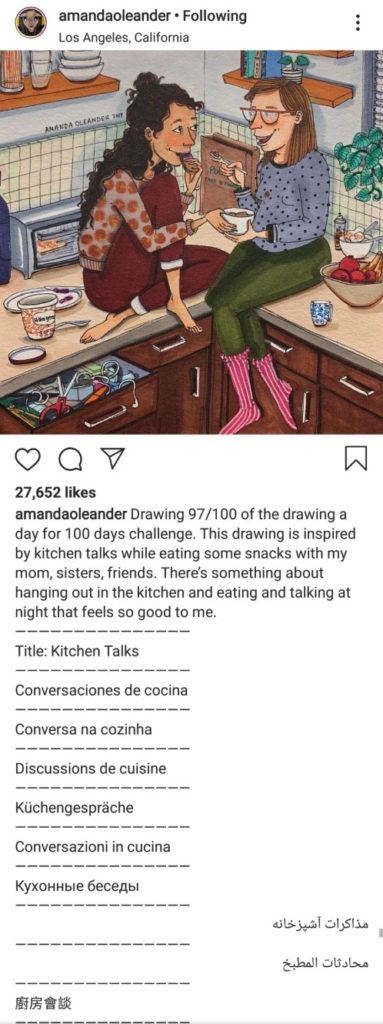
Wrapping It up
If you want to create great content for a global audience, you should be attentive to details. You should be aware of all the cultural differences that may influence the effectiveness of your content marketing campaign.
Well, it’s not that easy to create social media content that will appeal to an international audience. But you will handle this task if you apply the tips given. Put your efforts into content production, and then you will be rewarded with high reach and engagement.
